حسن من تصويرك الفوتوغرافي
Improve Your Photography
كما هو الحال مع كل مهارة، سواء كانت واعية أو غريزية، فإن قدرتك على اختيار التركيب لأي لحظة ترغب في التقاطها تتحسن بمرور الوقت والممارسة والخبرة. ولا يتعلق الأمر بالتركيب فقط، بالطبع، ولكن الإحساس بالضوء، ولحظة الذروة، والعاطفة. أعتقد بشدة أن التصوير الفوتوغرافي لدينا، من نقطة معينة، لا يمثلنا كفنانين فقط (خاصة لأنه ليس كل المصورين فنانين بطبيعتهم، وهو ليس بالأمر السيئ بأي حال من الأحوال)، ولكن أيضًا كشخصيات. إن اختيارنا للضوء، والمزاج، والموضوع و/أو الشيء، والبيئة، واللون، والرسالة يعكس ما نحبه، وما لا نحبه، وكيف نرى، وكيف نعيش، وكيف نشعر. إنها تعكس شخصيتنا، لأننا نطبع أنفسنا في عملنا، ونترك توقيعًا مصنوعًا ليس بالحبر أو الضوء، بل بجوهرنا ذاته. وهكذا هو الحال مع التكوين. إذا كنت شخصًا أكثر هدوءًا، وتفضل الأشياء البسيطة والقليلة وتحب أن تكون بيئتك مرتبة، فمن المحتمل أن تنعكس هذه السمات الشخصية في صورك الفوتوغرافية وستسعى للحصول على خيارات تكوين بسيطة وبسيطة ومرتبة وثابتة وهادئة. من ناحية أخرى، إذا كنت شخصًا نشطًا وعاطفيًا، فهناك فرصة جيدة لأن تتبع نهجًا أكثر ديناميكية في التكوين مع المزيد من الموضوعات وربما حتى الترتيب الفوضوي للعناصر داخل عملك.
كاميرا نيكون D700 + 85.0 مم f/1.4 @ ISO 200، 1/125، f/1.4
As with every skill, be it conscious or instinctive, your ability to choose composition for any given moment you wish to capture improves with time, practice and experience. And it’s not just composition, of course, but the sense of light, peak moment, emotion. I strongly believe our photography, from a certain point, represents us not just as artists (especially because not all photographers are inherently artists, which is in no way a bad thing), but also as personalities. Our choice of light, mood, subject and/or object, environment, color and message mirrors that which we like, do not like, how we see, how we live, how we feel. It mirrors our character, for we imprint ourselves in our work, leave a signature made not with ink or light, but with our very essence. And so it is with composition. If you are a calmer person, prefer simple, few things and like your environment tidy, it is likely these personality traits will reflect in your photography and you will seek simple, minimalistic, tidy, static, calm composition choices. If, on the other hand, you are an active, emotional person, there’s a good chance you will take a more dynamic approach to composition with more subjects and perhaps even chaotic arrangement of elements within your work.
 NIKON D700 + 85.0 mm f/1.4 @ ISO 200, 1/125, f/1.4
NIKON D700 + 85.0 mm f/1.4 @ ISO 200, 1/125, f/1.4
Improve Your Photography
كما هو الحال مع كل مهارة، سواء كانت واعية أو غريزية، فإن قدرتك على اختيار التركيب لأي لحظة ترغب في التقاطها تتحسن بمرور الوقت والممارسة والخبرة. ولا يتعلق الأمر بالتركيب فقط، بالطبع، ولكن الإحساس بالضوء، ولحظة الذروة، والعاطفة. أعتقد بشدة أن التصوير الفوتوغرافي لدينا، من نقطة معينة، لا يمثلنا كفنانين فقط (خاصة لأنه ليس كل المصورين فنانين بطبيعتهم، وهو ليس بالأمر السيئ بأي حال من الأحوال)، ولكن أيضًا كشخصيات. إن اختيارنا للضوء، والمزاج، والموضوع و/أو الشيء، والبيئة، واللون، والرسالة يعكس ما نحبه، وما لا نحبه، وكيف نرى، وكيف نعيش، وكيف نشعر. إنها تعكس شخصيتنا، لأننا نطبع أنفسنا في عملنا، ونترك توقيعًا مصنوعًا ليس بالحبر أو الضوء، بل بجوهرنا ذاته. وهكذا هو الحال مع التكوين. إذا كنت شخصًا أكثر هدوءًا، وتفضل الأشياء البسيطة والقليلة وتحب أن تكون بيئتك مرتبة، فمن المحتمل أن تنعكس هذه السمات الشخصية في صورك الفوتوغرافية وستسعى للحصول على خيارات تكوين بسيطة وبسيطة ومرتبة وثابتة وهادئة. من ناحية أخرى، إذا كنت شخصًا نشطًا وعاطفيًا، فهناك فرصة جيدة لأن تتبع نهجًا أكثر ديناميكية في التكوين مع المزيد من الموضوعات وربما حتى الترتيب الفوضوي للعناصر داخل عملك.
كاميرا نيكون D700 + 85.0 مم f/1.4 @ ISO 200، 1/125، f/1.4
As with every skill, be it conscious or instinctive, your ability to choose composition for any given moment you wish to capture improves with time, practice and experience. And it’s not just composition, of course, but the sense of light, peak moment, emotion. I strongly believe our photography, from a certain point, represents us not just as artists (especially because not all photographers are inherently artists, which is in no way a bad thing), but also as personalities. Our choice of light, mood, subject and/or object, environment, color and message mirrors that which we like, do not like, how we see, how we live, how we feel. It mirrors our character, for we imprint ourselves in our work, leave a signature made not with ink or light, but with our very essence. And so it is with composition. If you are a calmer person, prefer simple, few things and like your environment tidy, it is likely these personality traits will reflect in your photography and you will seek simple, minimalistic, tidy, static, calm composition choices. If, on the other hand, you are an active, emotional person, there’s a good chance you will take a more dynamic approach to composition with more subjects and perhaps even chaotic arrangement of elements within your work.
 NIKON D700 + 85.0 mm f/1.4 @ ISO 200, 1/125, f/1.4
NIKON D700 + 85.0 mm f/1.4 @ ISO 200, 1/125, f/1.4

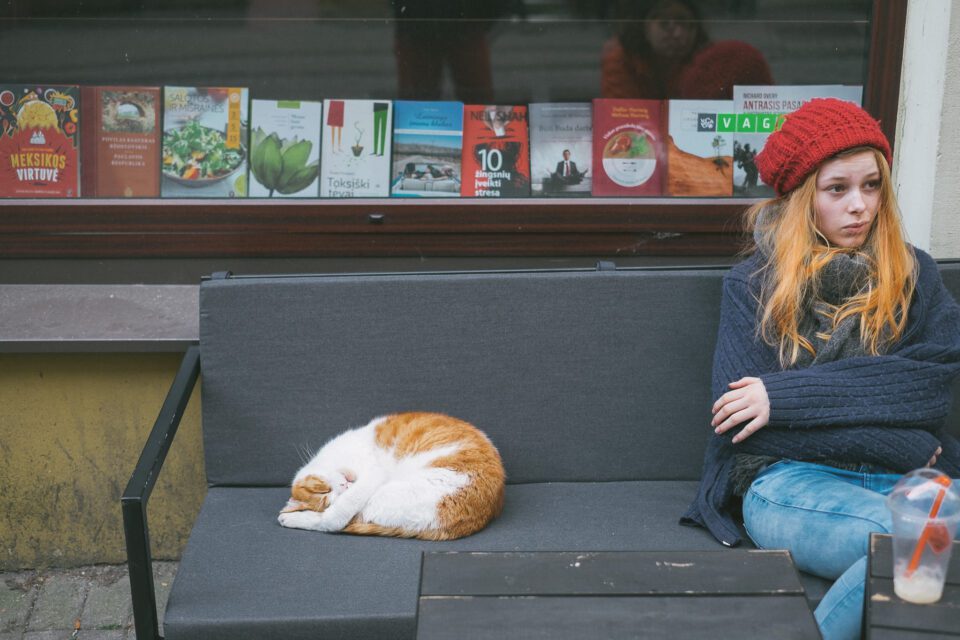
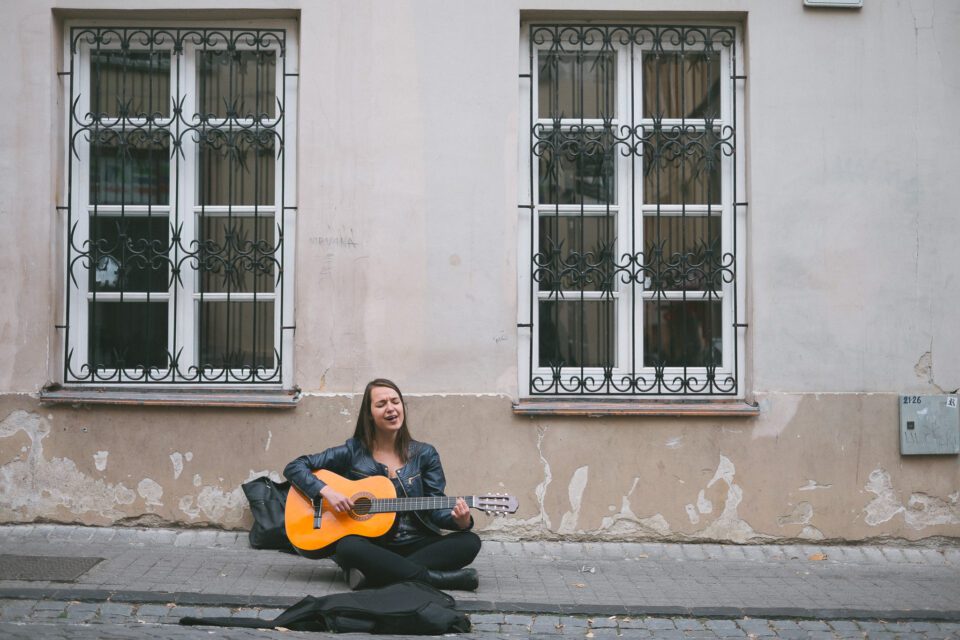
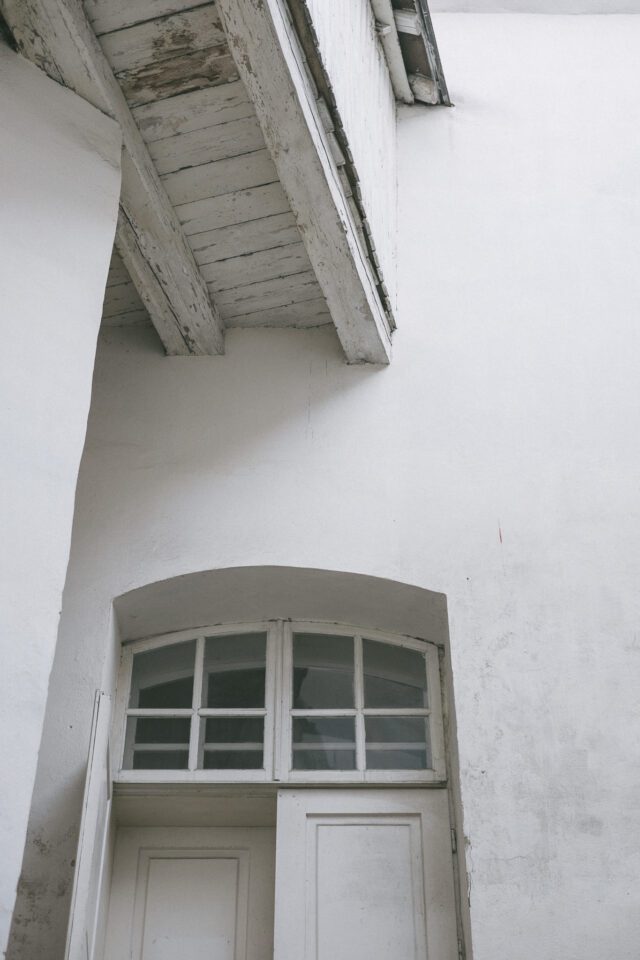
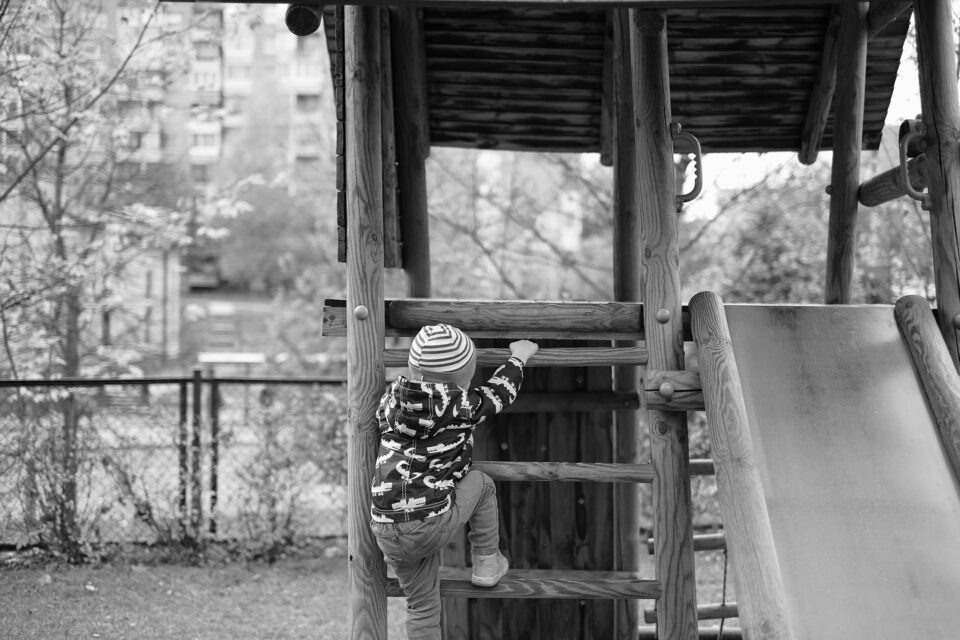
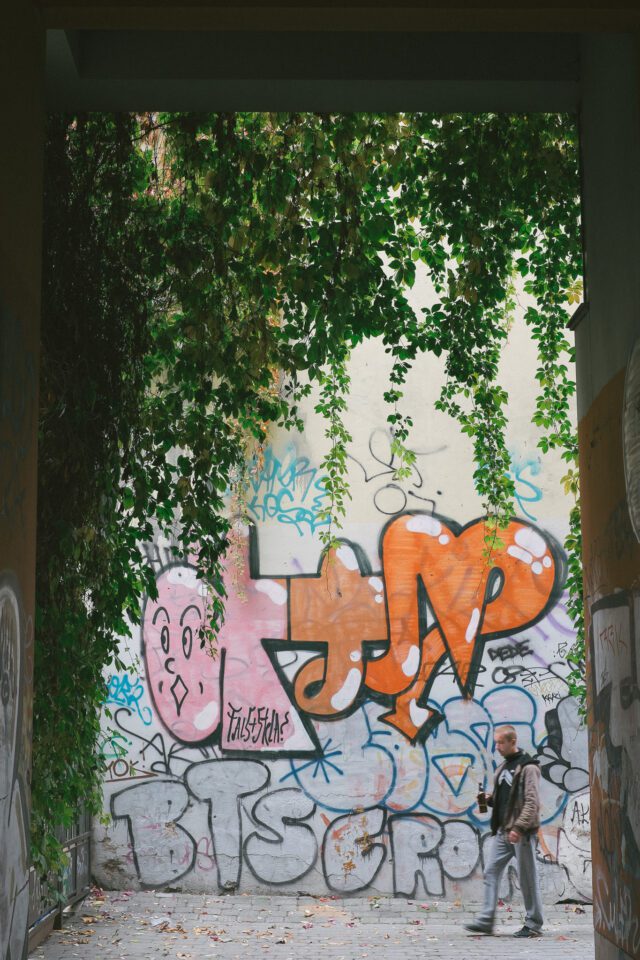
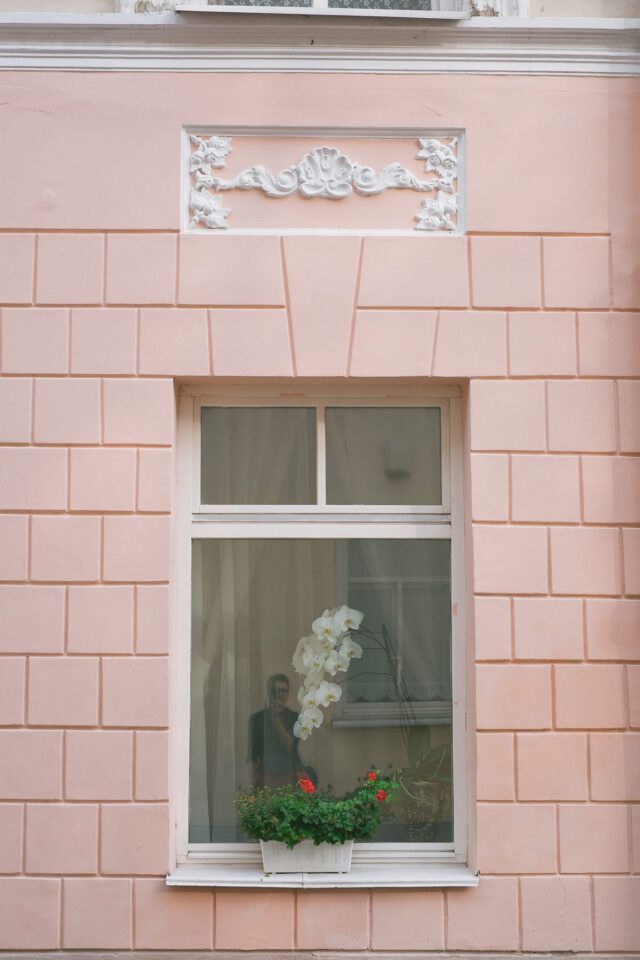
تعليق